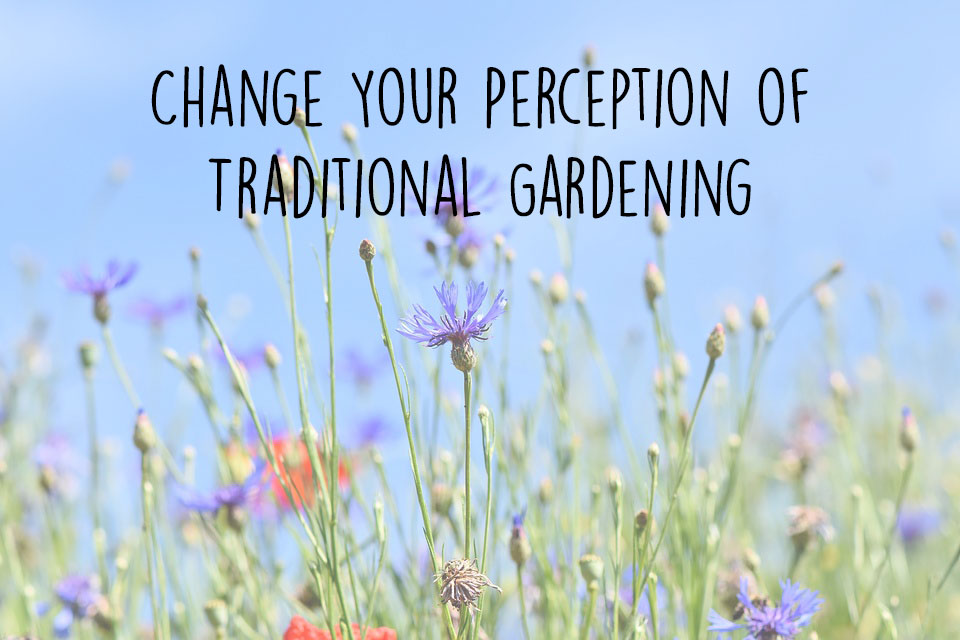Offer
Provide additional details about the offer you're running.
Provide additional details about the offer you're running.
Provide additional details about the offer you're running.

As the month of March is now officially upon us, many of us are really beginning to shift gears into the spring season – or at least we are waiting on Mother Nature to.
According to weather forecasts, we can expect an abrupt end to winter and a quick melt over the coming weeks and as such, the planning process for our yards should commence at any time.
While it is a bittersweet time of year as we say goodbye to our favourite winter species, it is also a time of renewal as we not only welcome back our spring and summer migrants but the plants, insects and wildlife they enjoy so much.
For most of you, this isn’t the first time you have heard us talk about the importance of native gardening in your yard, not only with regards to our birds but to wildlife in general. With spring just around the corner, we thought it to be fitting to present three good reasons to change your perception of traditional gardening this spring season.
Attract More Birds
This is a big one, particularly for this audience. While our birds do love our specially-formulated seed offerings, they also rely on natural food sources as well. In addition to hanging feeders, we always recommend native flowers and plants as an addition to any healthy backyard landscape. It guarantees to bring in more species of birds and keep them there, as well as the natural by-product of a variety of other wildlife including small mammals such as rabbits and larger ones like deer.
Low Maintenance
Remember the old “set it and forget it” infomercials? Same idea with native plants and gardens. Given that they are a natural fixture in your yard here in eastern Ontario, they often require very little, if not zero, maintenance throughout the season. Our wildflower patch is about to enter its fourth year in our yard – we’ve done nothing to it other than enjoy everything it has to offer our insects, mammals and birds!
Environmentally Sound
This is perhaps the biggest and most selfless reason for planting native flowers and gardens in our yards – it’s good for our natural environment. With every new housing development or neighbourhood, often comes non-native trees, shrubs and plants, planted because of their aesthetic qualities rather than for benefitting our natural environment.
These plants harm and detract from the native environment that wildlife unique to our area (that includes us!) needs to survive and thrive.
High Quality Blend